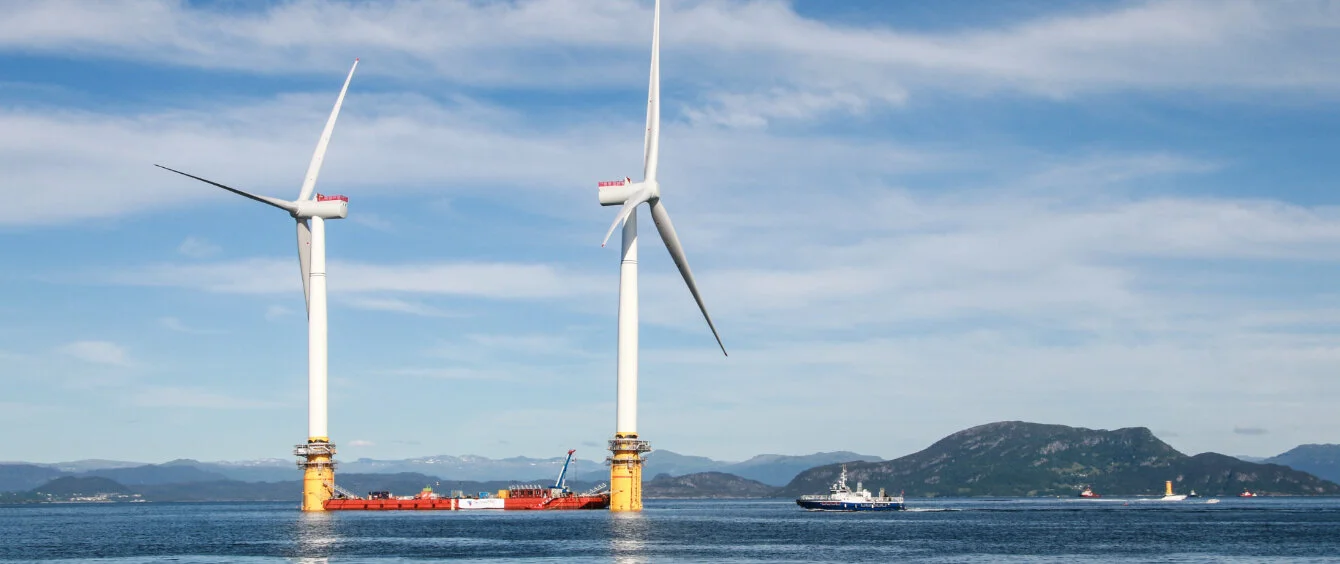Europe’s offshore wind industry is on course for record-breaking new installation figures this year. Based on calculations by Rystad energy, an independent analysis and consulting firm for the energy sector, wind turbines with a total capacity of some 4.2 gigawatts will go online off European shores. The en:former presents the study’s key figures in a nutshell.
Offshore build-out gains traction
This would best the current record of 3.8 GW, which dates back to 2019. Following a weak performance last year (1.8 GW), the European offshore wind industry is accelerating capacity additions substantially. According to the forecast, new installations will post significant growth in the coming years.
Experts at Rystad Energy project offshore wind farms with a combined capacity of 7.3 GW being built in 2023. And additions in 2025 are expected to total 8.6 GW, more than doubling relative to this year’s record figure.
United Kingdom drives growth
Expansion is largely being spurred by the UK offshore wind sector. Roughly three-quarters of all wind turbines are installed off the British coast. The 3.2 GW capacity addition represents a new record high for the United Kingdom. Following in second and third spot are France and Germany.
4.2 gigawatts more offshore capacity for Europe in 2022
Proportionally for the countries in Europe, in percent; source: Rystad Energy 2022The United Kingdom sits atop the expansion charts, boasting the full commissioning of three huge offshore wind farms this year: Hornsea Two, Moray East and Triton Knoll. The last in this list is majority-owned by RWE, was converted by the renewables giant and is now operated by it.
RWE makes second-largest contribution
All told, RWE is playing the second-biggest role in Europe’s offshore wind expansion. Besides Triton Knoll, the company will complete construction of Kaskasi off the German coast. Kaskasi will mark the first offshore wind farm to go be connected to the system in Germany since 2020 – a restart for the country’s extremely ambitious expansion plans.
For France, this is not a relaunch – it marks the very beginning. The country will commission its first commercial offshore wind project, which has an aggregate capacity of 480 megawatts (MW).
Other projects are much smaller, but are exciting in many respects. Norway’s Hywind Tampen is an 88 MW project that will probably be the world’s largest floating offshore wind farm to go online. Italy will inaugurate its first-ever offshore wind farm, the 30 MW Taranto project. And Spain will finish building floating demonstration plants.
